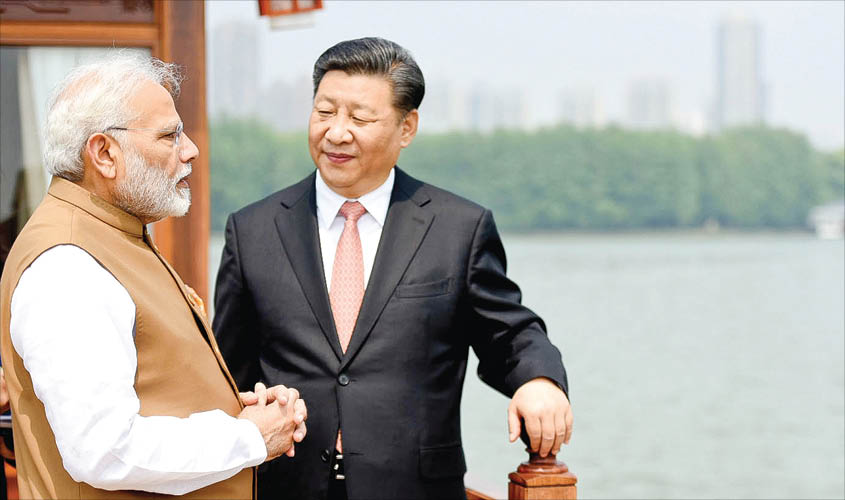BEIJING: The current clouds of political and economic uncertainty come with a silver lining for India.
As Donald Trump’s tariffs and unpredictability decouple the United States economically and politically from China, massive new business opportunities emerge.
China has been forced to seek technological self sufficiency, as it can no longer rely of US hardware or software. To do this China will need millions of computer hardware and software programmers and engineers, far beyond what it has available currently in China. For example: every computer, graphics or memory chip from Intel, Broadcomm, Qualcomm, or software from Google, Microsoft etc., that the Chinese need, has to be recreated. The amount of work is mind boggling.
India has been the tech body shop for the US, the workhorse of innovations that put US companies at the forefront of their industries, but Indian workers and companies were paid only nominally for their efforts. It is true that many Indians have risen to the top of some US companies, but wouldn’t it have been better if they had brought their skills back to India? Imagine what they could have done given the right opportunities.
Today faced with an urgent need, China and India have a historical opportunity to help each other.
For India it is the chance to provide the hardware and software services, not as servants, but as masters of their own innovations and work.
Trump has already signalled his feelings about people of colour. His desire to keep anyone who he thinks does not fit, out of America, is not a stealth agenda. It is evident in his desires for walls, attacks on the business visa system and his support for the racist right.
Faced with an unwelcome matt from the US, India should be looking for a future that offers self determination rather than dependency.
If India grasps this opportunity, it will create millions of well paying jobs at a time when it is crucial for India to do so. It will act as a catalyst for further innovation, but most importantly it will allow India to accumulate IP, the currency and new measure of wealth of the fourth Industrial Revolution.
It will also add to the momentum of the Asian Century, no longer dependent on the “advanced countries”, the tables will turn and it will be increasingly the “advanced countries” who will need to rely on the power of Eastern innovation and markets.
For China, in addition to satisfying its urgent needs, India will become a global partner and beneficiary of the world’s most important economic region.
The choice is simple. The question is, will the opportunity be lost or seized by the two giants of Asia?
Einar Tangen is a Beijing-based China analyst.

